10 Free Playroom transparent PNG images
Welcome to our Playroom image collection, featuring 10 free AI-generated images. Explore a diverse array of stock photos, 3D objects, vectors, and illustrations related to children's playrooms and play areas. Enjoy high-resolution downloads and use our 'open in editor' feature to customize prompts for your perfect playroom image.

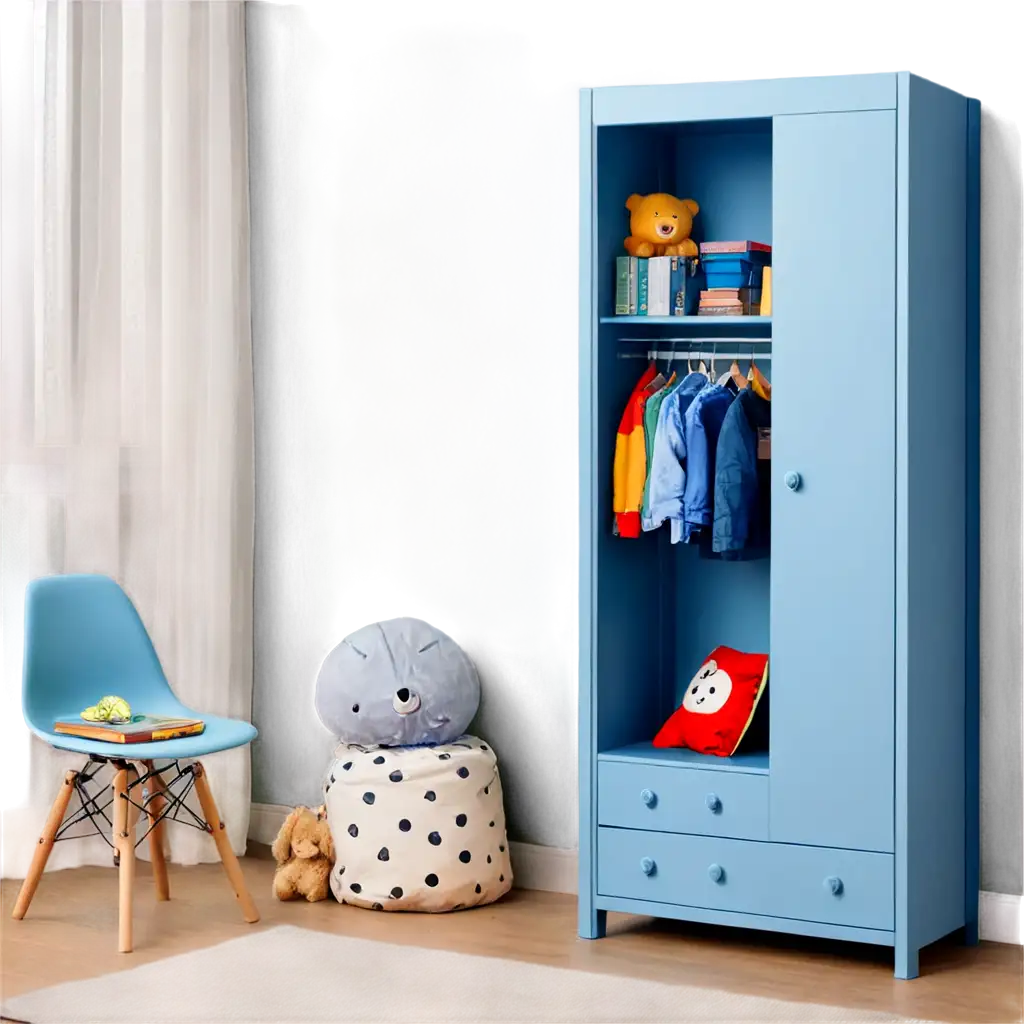



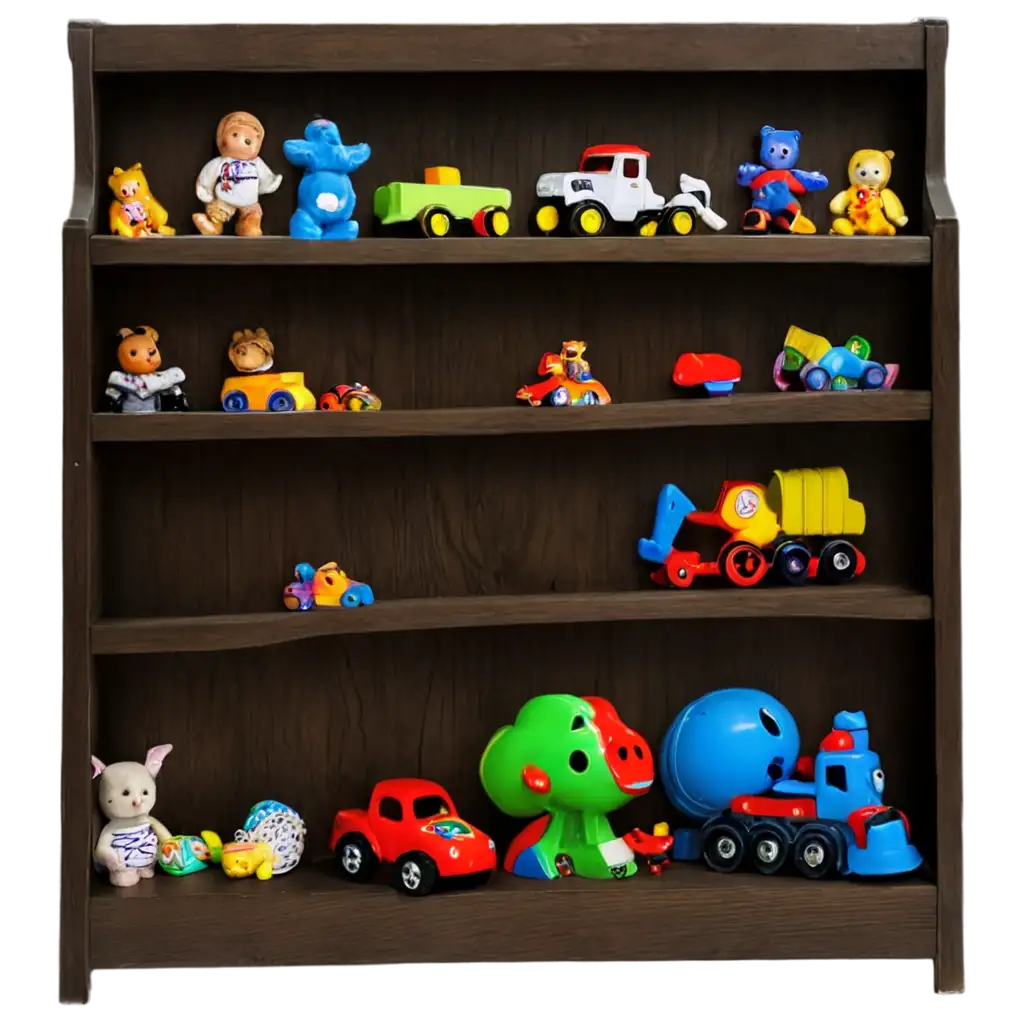
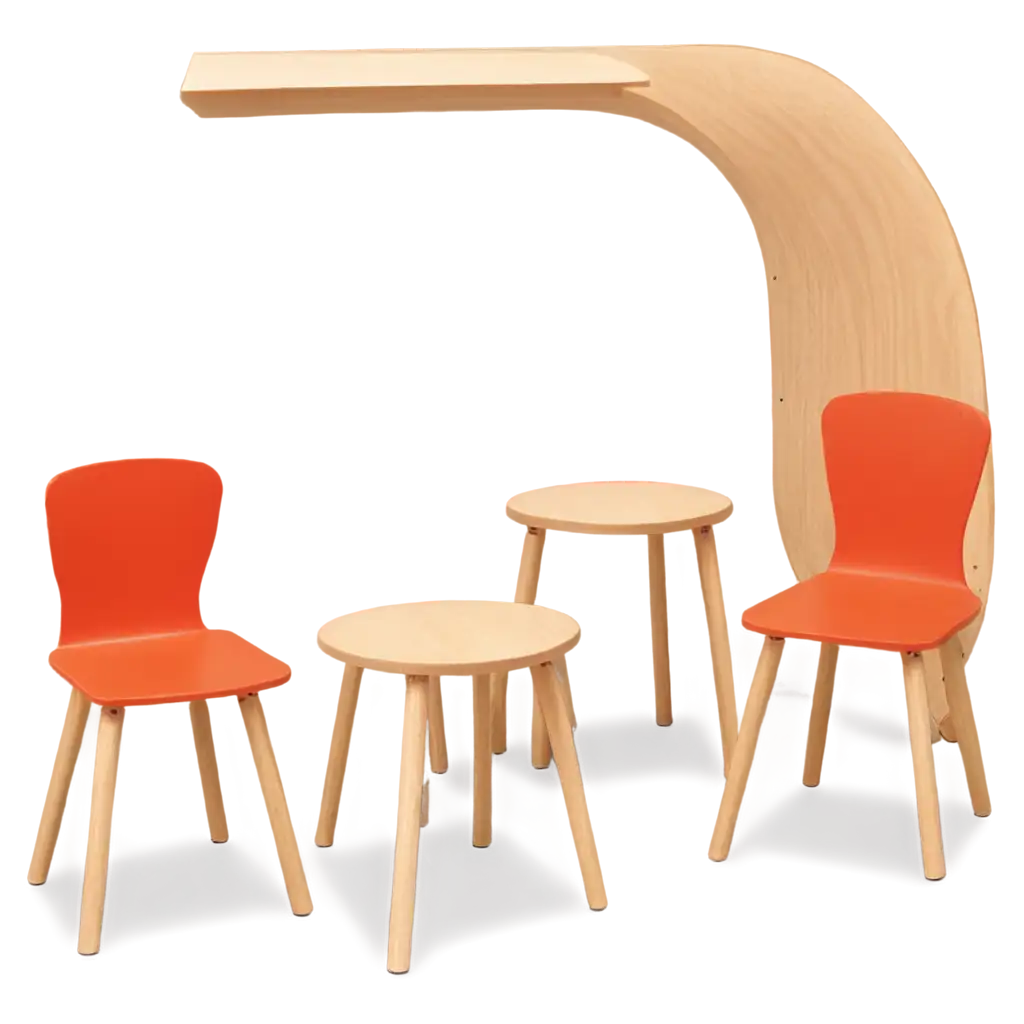
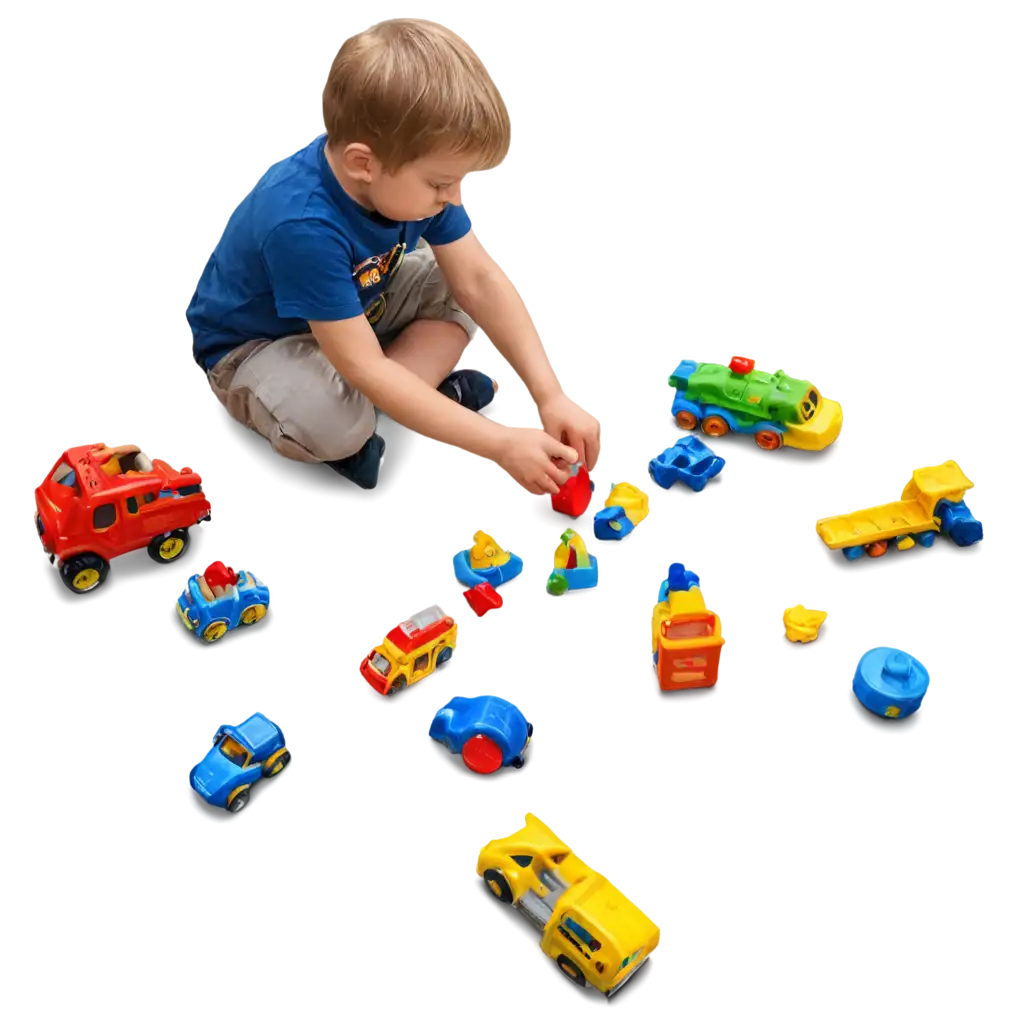
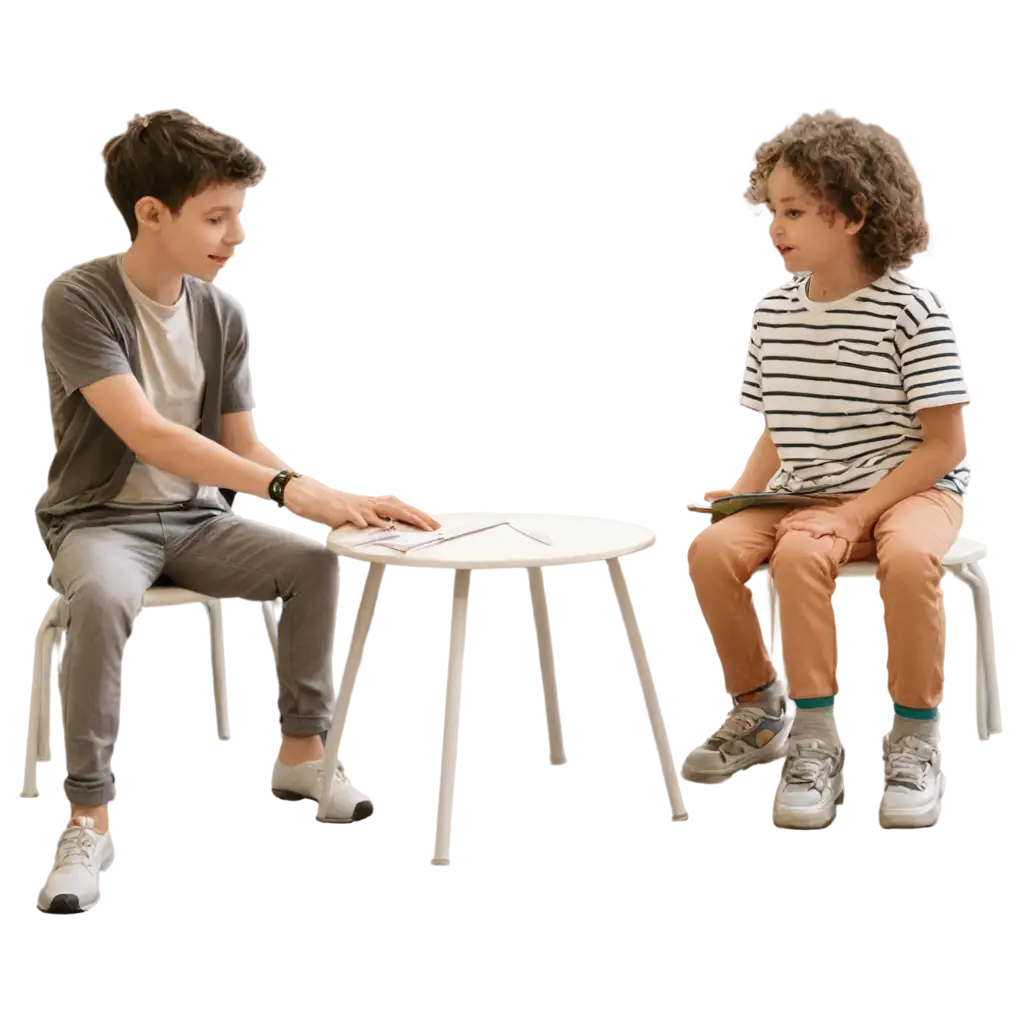

A playroom is a dedicated space designed to foster children's creativity, learning, and development through play. Modern playrooms have evolved from simple toy storage areas to multifunctional spaces that cater to various age groups and interests. These rooms often feature educational elements, interactive zones, and adaptable furniture to grow with the child. Key components may include reading nooks, art stations, climbing structures, and tech-integrated play areas. The concept of a playroom extends beyond the home, with similar spaces found in schools, daycare centers, and even some workplaces, highlighting the growing recognition of play's importance in child development.
Defining the Modern Playroom: A Space for Imagination and Growth
Contemporary playroom design focuses on creating stimulating, safe, and versatile environments. Popular elements include open floor plans for free movement, built-in storage solutions for easy cleanup, and modular furniture that can be reconfigured as needed. Color psychology plays a significant role, with bright, engaging hues used to stimulate creativity and learning. Sensory walls, indoor playhouses, and climbable structures are trending features that encourage physical activity and imaginative play. Eco-friendly materials and sustainable design practices are increasingly prioritized, reflecting growing environmental awareness. Technology integration, such as interactive smart boards or augmented reality play systems, is also becoming more common, blending digital and physical play experiences.
Essential Elements and Design Trends in Contemporary Playrooms
Well-designed playrooms have a profound impact on various aspects of child development. These spaces promote cognitive growth by providing opportunities for problem-solving and creative thinking through puzzles, building blocks, and imaginative play scenarios. Motor skills are enhanced through activities like climbing, drawing, and manipulating toys of various sizes and textures. Social-emotional development is fostered in playrooms designed for group play, encouraging sharing, cooperation, and empathy. Additionally, playrooms that incorporate quiet areas or reading nooks support language development and early literacy skills. Research has shown that children with access to well-designed play spaces exhibit improved concentration, better emotional regulation, and enhanced learning capabilities, underscoring the importance of thoughtful playroom design in supporting holistic child development.
The Impact of Well-Designed Playrooms on Child Development
The future of playroom design is likely to see an increased integration of technology and traditional play elements. Virtual and augmented reality technologies may be used to create immersive learning experiences or transport children to fantastical play environments. Smart playrooms with interactive walls, floors, and furniture could adapt to children's preferences and developmental needs. However, there's also a growing emphasis on 'unplugged' play areas that encourage children to disconnect from screens and engage in hands-on, imaginative play. Sustainability will continue to be a key focus, with eco-friendly materials and energy-efficient designs becoming standard. Multifunctional spaces that can easily transition from playrooms to homework areas or guest rooms may become more prevalent in response to changing family dynamics and living spaces. As our understanding of child development evolves, playrooms will likely become even more tailored to support specific cognitive, physical, and emotional milestones.
Future Trends: The Evolution of Playrooms in the Digital Age